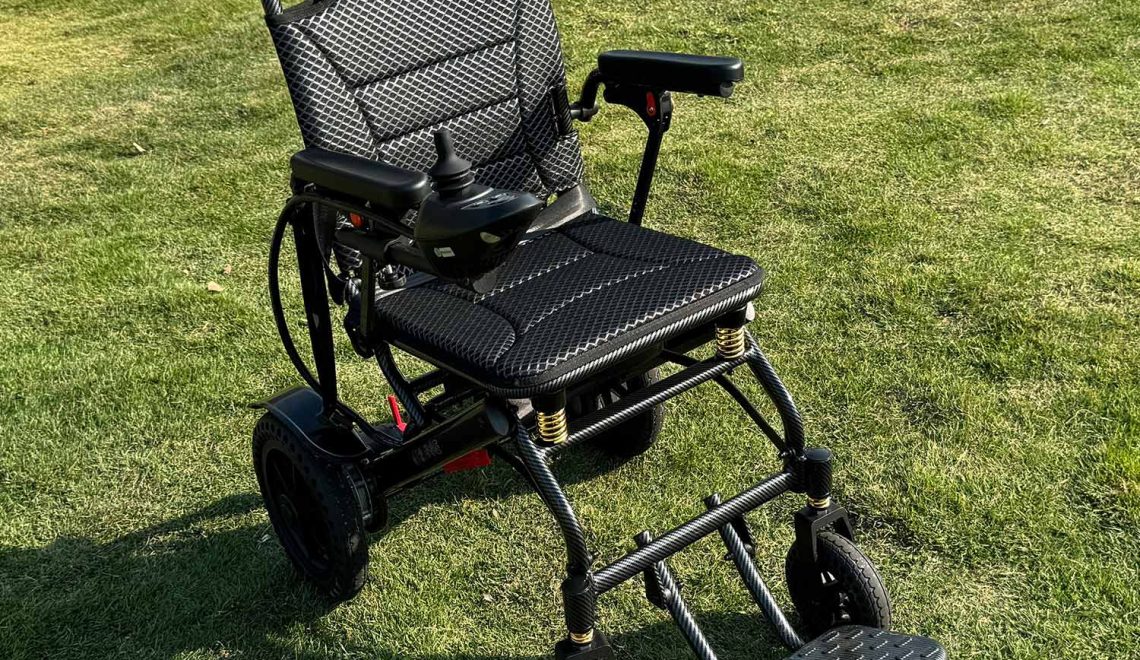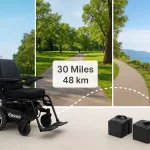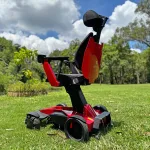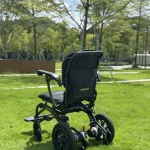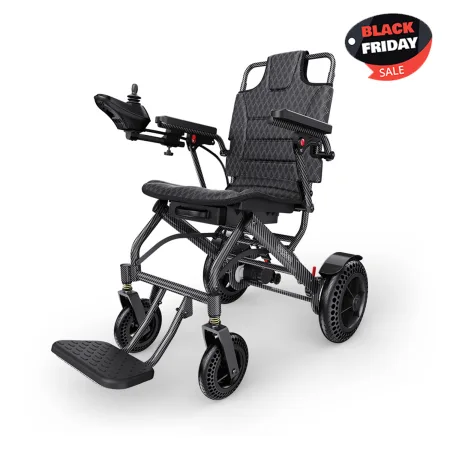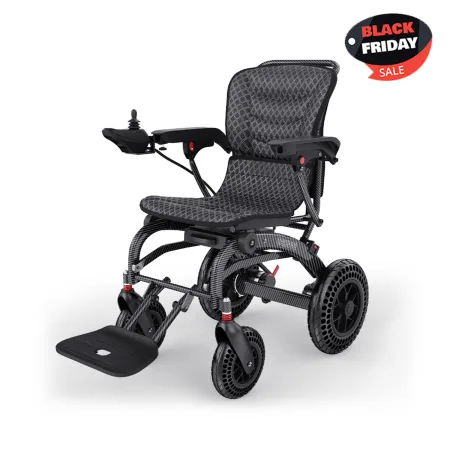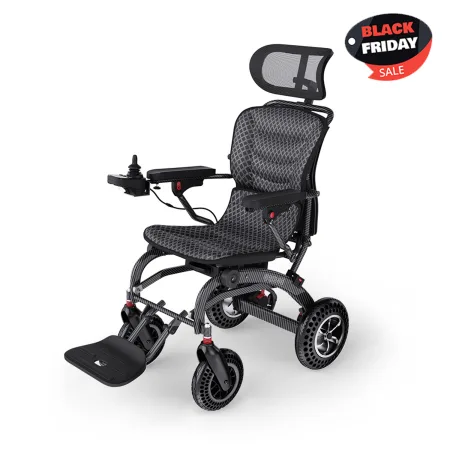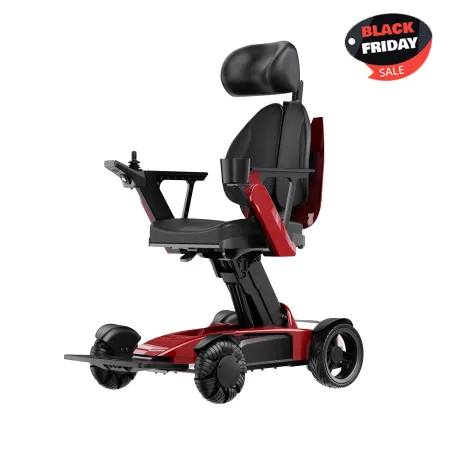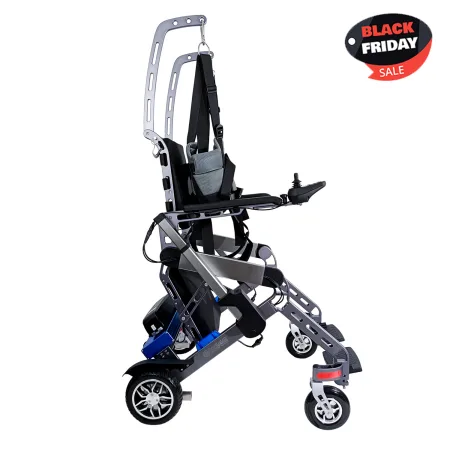Electric wheelchairs provide enhanced mobility, independence, and convenience for individuals with limited physical abilities. To ensure safe and effective use, it is essential to understand proper operating techniques, maintenance requirements, and key safety precautions. Below is a comprehensive guide on using electric wheelchairs safely and efficiently.
1. Familiarize Yourself with the Wheelchair Controls
Before using your electric wheelchair, take time to understand its controls:
- Joystick or Control Panel: Learn how to move forward, backward, turn, and stop smoothly.
- Speed Adjustment: Start with a low speed, especially when navigating new or crowded areas.
- Power On/Off: Familiarize yourself with how to power the chair on and off properly.
- Battery Indicators: Keep track of battery levels to avoid running out of power.
If possible, practice operating the wheelchair in a safe, open space like an empty room or park until you feel confident.
2. Perform Routine Maintenance Checks
Regular maintenance ensures your electric wheelchair operates reliably. Key maintenance tips include:
- Battery Care: Charge the battery as per the manufacturer’s instructions. Avoid overcharging.
- Tires: Check for wear and tear, and ensure tires are properly inflated (if applicable).
- Brakes: Confirm the braking system functions correctly.
- Cleanliness: Keep the chair clean and free of debris, particularly around the wheels and controls.
- Professional Service: Schedule routine servicing by a professional technician.
3. Safe Operation Indoors
Navigating indoor spaces requires careful handling to prevent collisions or damage:
- Doorways: Check that the wheelchair fits comfortably through doors and hallways.
- Obstacles: Remove loose carpets, cords, or clutter that could cause the wheels to snag.
- Corners: Slow down and turn carefully to avoid bumping walls or furniture.
- Elevators: Ensure the elevator floor aligns with the building floor before entering or exiting.
4. Safe Operation Outdoors
Operating an electric wheelchair outdoors presents unique challenges. Follow these tips:
- Sidewalks and Ramps: Use smooth and stable surfaces. Always approach ramps head-on.
- Weather Precautions: Avoid operating in heavy rain or on slippery surfaces to prevent skidding.
- Curbs: Only use designated curb ramps. Do not attempt to climb steep curbs.
- Road Safety: If sidewalks are unavailable, travel along the side of the road facing oncoming traffic and use caution at intersections.
- Visibility: Wear bright or reflective clothing, and use wheelchair lights or reflectors if traveling at night.
5. Battery Management
Efficient battery use is critical for uninterrupted wheelchair operation:
- Fully charge the battery before heading out.
- Avoid depleting the battery completely.
- Carry a charger if you plan to travel long distances.
- In cold weather, battery performance may decrease, so plan accordingly.
6. Avoid Common Hazards
To minimize risks, be mindful of these common hazards:
- Uneven Terrain: Avoid potholes, gravel, or rough surfaces that can destabilize the chair.
- Slopes: Descend slopes slowly to maintain control and prevent tipping.
- Sharp Turns: Slow down when turning to prevent tipping or skidding.
- Weight Limits: Never exceed the maximum weight capacity of the wheelchair.
7. Emergency Preparedness
In case of an unexpected situation, be prepared:
- Keep a mobile phone with you for emergencies.
- Carry a list of emergency contacts.
- Know how to manually disengage the motor if necessary (check the user manual for guidance).
- Inform friends or family of your planned routes when traveling alone.
8. Practice Safe Transfers
When transferring to or from the wheelchair:
- Ensure the wheelchair is turned off and on a flat, stable surface.
- Engage the brakes to prevent rolling.
- Use armrests and handles for stability.
- If assistance is needed, seek help from a caregiver or trained professional.
9. Respect Weight Distribution
To maintain balance and prevent tipping:
- Avoid carrying heavy items on the backrest or armrests.
- Distribute any carried weight evenly.
- Keep the seatbelt fastened to remain secure while moving.
10. Stay Informed and Seek Support
Finally, stay up-to-date with wheelchair operation techniques and safety:
- Attend training sessions if available.
- Join support groups to share tips with other wheelchair users.
- Consult with healthcare professionals or mobility experts for personalized advice.
Conclusion
Electric wheelchairs are valuable tools that greatly improve mobility and quality of life. By following these safety guidelines and operation tips, you can enjoy enhanced independence while staying safe and maintaining the longevity of your wheelchair. Whether navigating indoors or outdoors, always prioritize safety, preparation, and awareness.













